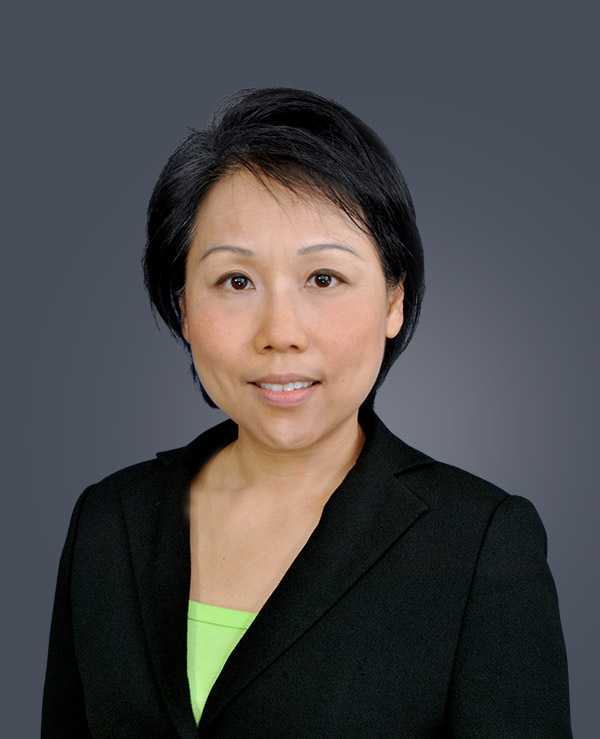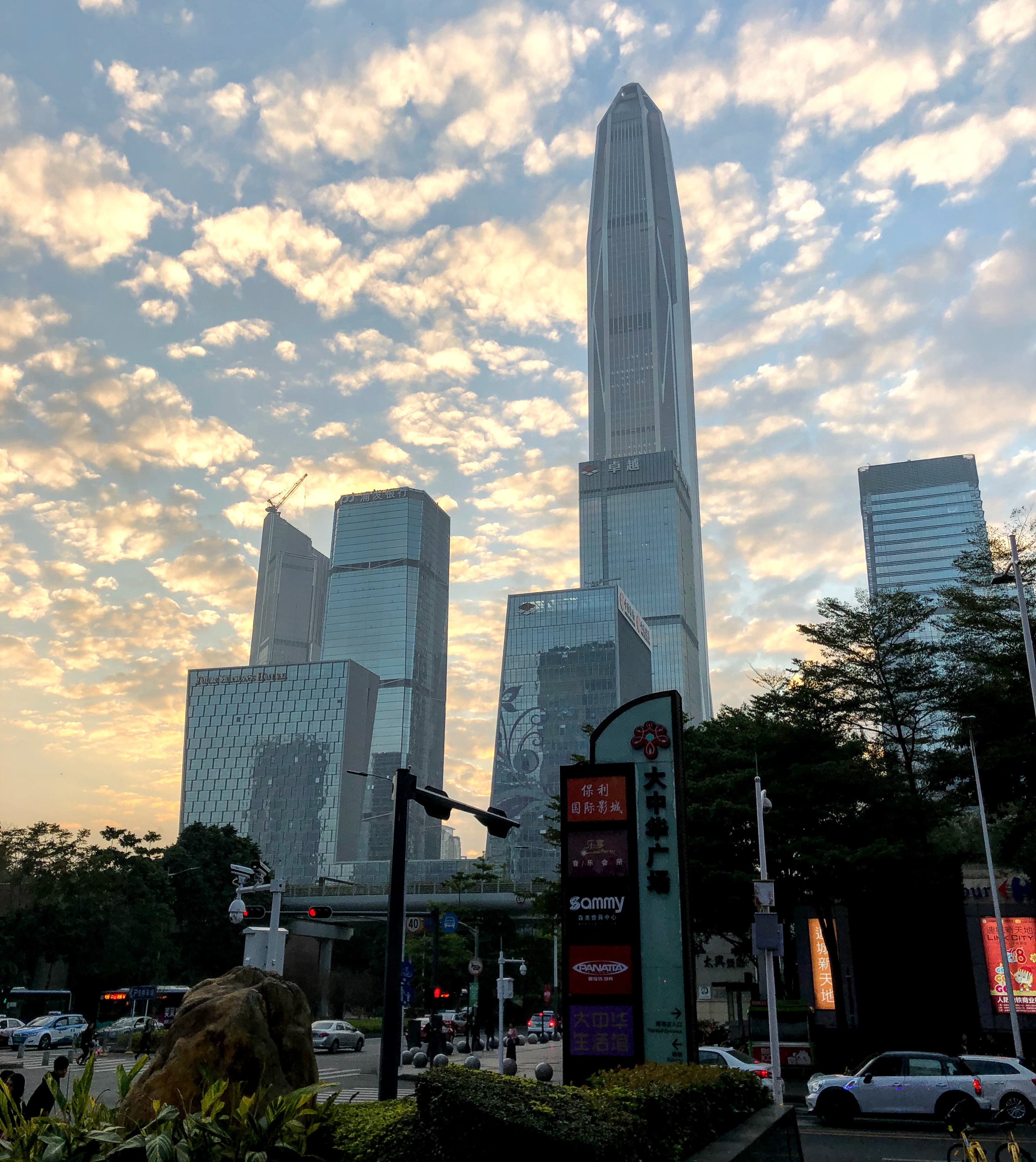Every year in the spring The Supreme People’s Court of PRC announces its “Top 10 Intellectual Property (IP) cases” and “50 typical IP cases in Chinese courts” of the year. Although not having precedential weight, these cases serve as a reference and guide people’s courts at all levels regarding their intellectual property trials. It’s always interesting to see which cases get chosen, since it reflects what concepts and messages the Courts want to highlight to the public. The new list of 2019 top cases came out on 7 Apr 2020.
Today we will discuss a case that touches upon issues relating to claims that are written with an ambiguous mix of structural and functional language. How should a court interpret a claim that has some very basic structural language, but whose structural language is not sufficient to necessarily and clearly demonstrate how the function works? Does the added functional language make up for it? Should the patentee be entitled to protect all different structures that perform the function, even structures that were never described or even contemplated in the original application?
Brief Summary
VALEO SYSTEMES D’ESSUYAGE v. Xiamen Lucas Automobile Parts Co., Ltd., Xiamen Fuke Automobile Parts Co., Ltd., and Chen Shaoqiang (hereinafter referred to as the “wiper connector” patent infringement dispute) [(2019) Supreme Law Zhimin No. 2].
Valeo is a French company who holds a granted Chinese patent (CN1982128B) for a wiper connector which connects a wiper arm to the wiper blade of a vehicle. In 2016, Valeo sued Lucas, Fuke and Chen for patent infringement at the Shanghai IP Court. On 22 Jan 2019, the Shanghai IP Court ruled that claims 1-3 and 6-10 of the patent were infringed, and ordered the defendants to immediately cease infringement. Lucas and Fuke appealed. The newly formed Supreme IP Court heard this case on 27 Mar 2019 and upheld the infringement decision and remanded back to the Shanghai IP Court to determine damages. The ultimate total damage award was 7 million RMB.
First Instance: Shanghai IP Court
In the first instance case, the Shanghai IP court had to determine whether alleged infringing products S850, S0851 and S950 fell within the protection scope of Valeo’s claims.
Claim 1 reads as follows:
1. A wiper connector intended for the connection and articulation between a wiper arm (22) and a component (40) of a wiper blade (24),
said connector (42) being engaged longitudinally from rear to front inside the front end (32) of the wiper arm (22) which is curved longitudinally towards the rear in the form of a U,
and comprising at least one elastically deformable element (60) for locking [original English term should be “securing”] the connector (42) in the engaged position inside the front end (32) of the wiper arm (22),
and two longitudinal vertical flanks (48) which are designed to be received between two lateral wings (44) of the blade component (40),
wherein said connector (42) is locked in the engaged position in the wiper arm (22) by a safety fastener (74),
the safety fastener (74) is movably mounted between a closed position and an open position,
at the closed position, the safety fastener (74) extends with regards to the securing element (60) in order to prevent the securing element (60) having elastic deformation, and lock the connector (42),
the open position allowing the disengagement of the connector (42) from the wiper arm (22).
One key point of contention focused on whether the scope of the claims should be defined by the physical features or the functional features recited in the claim (see underlined portion).
More specifically, are the safety fastener and the securing element – which interact in such a way as to prevent the securing element (60) from having elastic deformation – considered a structural feature or a pure functional feature?
The Shanghai IP Court concluded that even though structural features limiting the orientation relationship were recited, such orientation relationship was not sufficient to ensure that the functional effect (e.g., preventing elastic deformation) would necessarily occur. Therefore, the court decided not to define the claim scope based purely on its functional effect, but instead treat the safety fastener feature like a means + function claim in the US, referring to the examples in the specification and drawings to define the actual scope of that feature (Article 4 of the Interpretation[1]).
Having determined the physical structure of the safety fastener and securing element based on the specific embodiment described in the description, the court then proceeded to determine its equivalents for the purposes of infringement.
If an alleged infringing technical solution and the disclosed technical solution in the patent specification
- use substantially the same means
- achieve the same functions
- obtain the same effects, and
- can be achieved without involving inventive step by a skilled person in the art at the time of the alleged infringement
then the alleged technical solution is considered an equivalent and infringes the claim(s) under the Chinese version of “Doctrine of Equivalents” (Article 8 of the Interpretation (II)[2])
The court used the equivalents test and determined that the alleged infringing products had equivalent technical features and thus fell within the scope of the patent. The Court gave a preliminary judgment and ordered the defendants to immediately cease the infringement actions.
Second Instance: Supreme People’s IP Court
At appeal, the newly created Supreme People’s IP Court disagreed with part of the Shanghai IP Court’s analysis. The Supreme People’s IP Court ruled that if a certain technical feature has defined or implied a particular structure, component, procedure, condition or mutual relationship thereof in the invention technical scheme, even if this technical feature also defines the function or effect it achieves, in principle, it does not belong to the category of functional features (Article 8 of the Interpretation (II)).
In this case, the Supreme People’s IP Court determined that the language “the fastener extends with respect to the locking element” did define or at least imply a spatial relationship between the fastener and the locking element which could achieve the technical effect of “preventing the securing element having elastic deformation”. In other words, the Shanghai IP Court should have considered the claim’s structural language and should not have considered it a pure functional claim.
The Supreme People’s IP Court determined that although several errors were made in the first instance (e.g., adopting the wrong the law, using an improper comparison method for technical features, and inaccurate conclusions), these errors did not affect the overall results of the infringement judgment. Accordingly, the Supreme People’s IP Court upheld the original judgement of infringement and remanded the case to the Shanghai IP Court to determine damages for the first instance case.
On 15 May 2020, the Shanghai IP Court ordered Lucas and Fuke to compensate Valeo 6 million RMB for economic losses and 1 million RMB for reasonable expenses.
This appeal case is the first live webcast trial case since the establishment of the Supreme People’s IP Court on 1 Jan 2019. This case provides guidance on the standard the People’s Court uses in determining whether technical features in a claim are regarded as functional features.
Concluding Thoughts
This case further emphasizes the importance of having a well drafted, robust detailed description of an invention. Purely relying on functional language may lead to unexpected claim interpretations. In this case, thankfully Valeo’s patent specification included sufficient details on the technical features, functions, and effects such that the ultimate scope of protection defined by the Court still covered the infringing product.
In general, we are not opposed to drafting broad, functional language into claims. However, we strongly recommend crafting multiple, multiple back-up positions in both the claims and the specification, defining key technical features using several other types of language. It is most interesting to see that even though the Shanghai IP Court considered the claim(s) to be functional, and ended up with a narrow interpretation by using the specific embodiment described in the description, the application of the Doctrine of Equivalents nevertheless allowed a finding of infringement. Even more significant is that the Supreme People’s IP Court disagreed with the Shanghai IP Court’s interpretation that the claim was a functional claim, despite the generic terms used. This shows that Chinese IP Courts can sometimes struggle with how to interpret functional language and “mean + function” type claims, just like their counterparts in the US.
China’s Patent Law and interpretations of it continue to evolve and develop. We are encouraged that, in general, this trend is moving towards international standards and makes China’s Patent Law much more in line with those in Europe and the US.
Finally, it’s worth noting that this is yet another example of a foreign company prevailing over domestic infringers with a substantially large damage award. This is consistent with the trend that has been going on for years: foreign patentees generally have a good success rate in patent litigations in China. This is consistent with past findings. Hopefully cases like these demonstrate to foreign companies that Chinese IP courts are trying really hard to be fair and hand down judgments and damage awards that accurately reflect the financial cost of patent infringement in China.
About the Authors

Pauli Wong is a Chinese Patent Attorney at Eagle IP, a Boutique Patent Firm with offices in Hong Kong, Shenzhen, and Macau.

Dr. Jacqueline Lui is Founder and President of Eagle IP, a Boutique Patent Firm with offices in Hong Kong, Shenzhen, and Macau.

Jennifer Che, J.D. is Vice President and Principal at Eagle IP, a Boutique Patent Firm with offices in Hong Kong, Shenzhen, and Macau.
This article is for general informational purposes only and should not be considered legal advice or a legal opinion on a specific set of facts.
References:
VALEO SYSTEMES D’ESSUYAGE v. Xiamen Lukasi Automobile Parts Co., Ltd., Xiamen Fuke Automobile Parts Co., Ltd., and Chen Shaoqiang (hereinafter referred to as the “wiper connector” patent infringement dispute) [(2019) Supreme Law Zhimin No. 2].
http://wenshu.court.gov.cn/website/wenshu/181107ANFZ0BXSK4/index.html?docId=c0fcfd21ecea495e85b0aa8600e42c47 [Chinese only]
Replay of the live trial of “wiper connector” patent infringement dispute [(2019) Supreme Law Zhimin No. 2]
http://sifa.sina.com/ts/detail/video/live/4898022 [Chinese only]
先行判决侵权、后续判赔700万,上海知产法院宣判一专利纠纷案
https://tech.sina.com.cn/roll/2020-05-15/doc-iirczymk1828876.shtml [Chinese only]
[1] Article 4 of the Interpretation of the Supreme People’s Court on Several Issues Concerning the Application of Law in the Trial of Patent Infringement Dispute Cases: For the claims using functional or effect expression as technical features, the court shall determine the content of the technical feature in conjunction with the specific embodiment of the function or effect described in the specification and the drawings and its equivalent embodiments.
[2] Article 8 of the Interpretation (II) of the Supreme People’s Court on Several Issues Concerning the Application of Law in the Trial of Patent Infringement Dispute Cases: Functional features are technical features that only serve to define structures, compositions, steps, conditions or the relations thereof according to their functions or effects in the relevant invention, unless a skilled person in the art are able to directly and clearly determine the specific exploitation methods for achieving such functions or effects by reading the claim of rights alone. Where, as compared to the technical features that are stated in the written descriptions and the attached drawings and are essential for achieving the aforesaid functions or effects, the corresponding technical features of an alleged infringing technical solution adopt substantially the same means, to achieve the same functions and obtain the same effects, and can be contemplated without involving inventive step by a skilled person in the art at the time of the occurrence of the alleged infringement, the competent people’s court shall determine that such corresponding technical features are identical or equivalent to the functional features.




